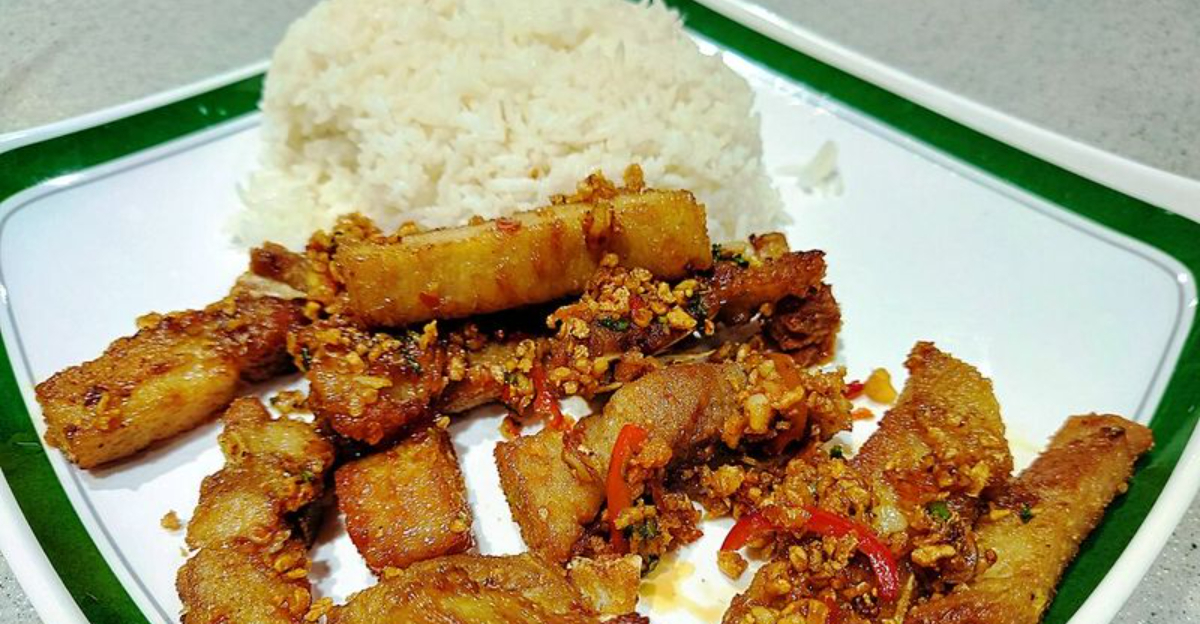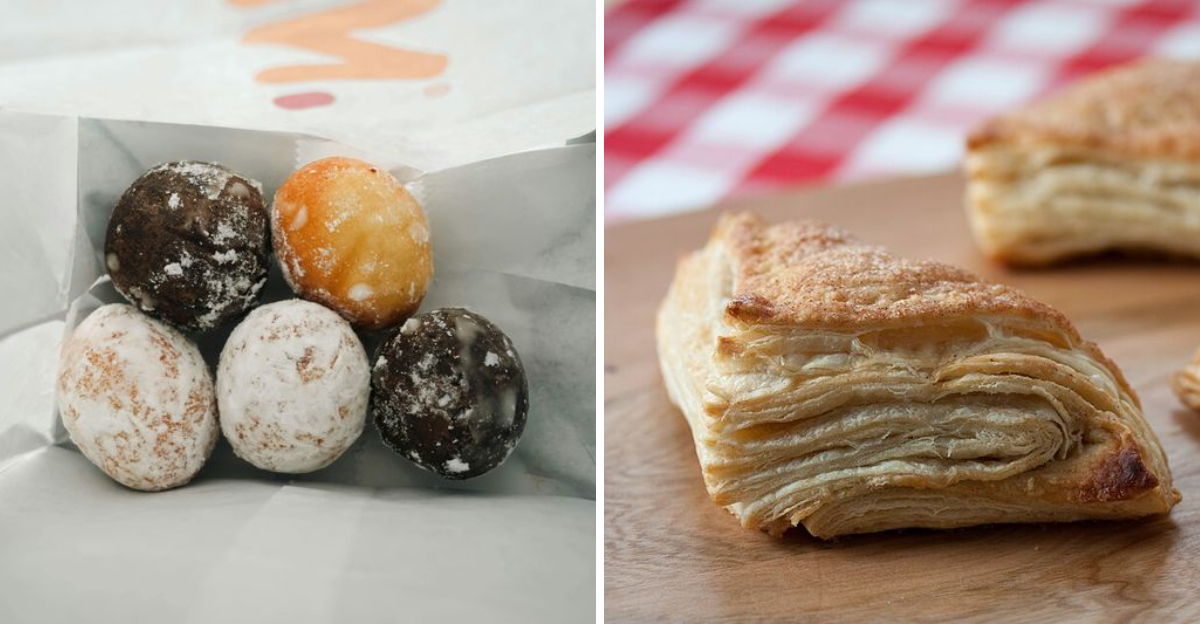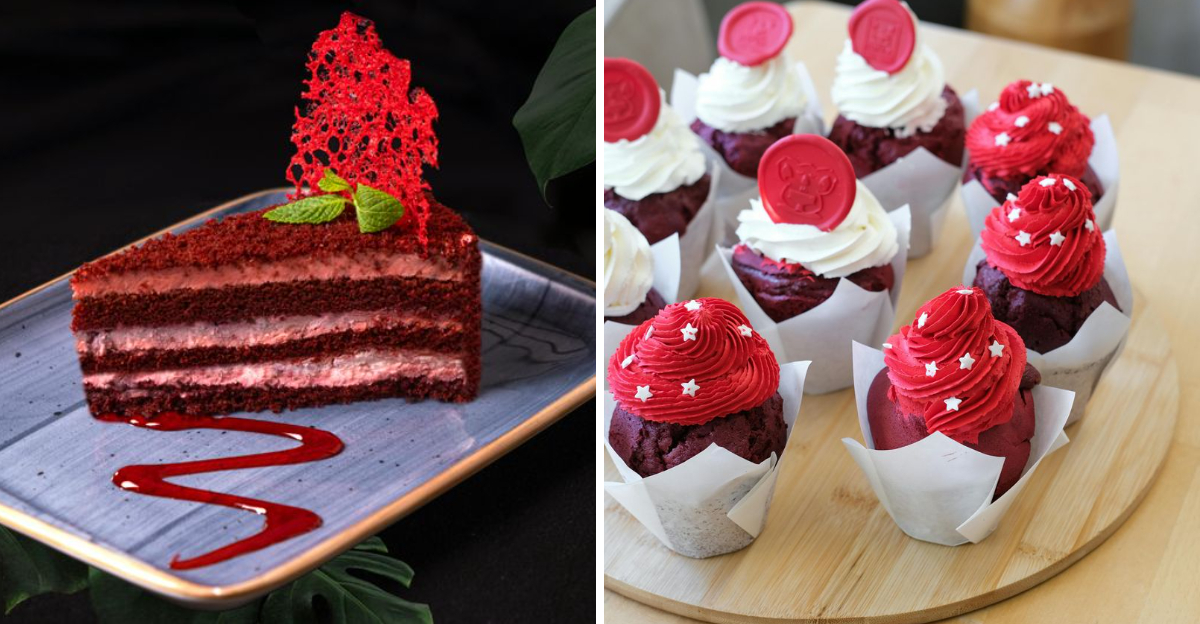13 Historic Civil War Recipes Perfect For Modern Preppers
When troops moved across harsh terrain in the 1860s, they relied on food that was practical, durable, and remarkably simple.
Soldiers needed meals that could survive long journeys, unpredictable weather, and months without refrigeration, so their diets centered on ingredients that were easy to carry and slow to spoil. Hardtack, salt-preserved meats, dried beans, and simple porridges weren’t luxurious, but they kept entire armies going when conditions were at their worst. Modern preppers can learn a great deal from these historical staples.
The very foods that sustained soldiers through scarcity and uncertainty are the same kinds of items that build a dependable emergency pantry today. Long-lasting grains, preserved proteins, and basic baking ingredients form the backbone of a storage plan that is both affordable and practical.
By looking back at the meals that supported people through some of America’s hardest moments, you can create an emergency food supply that is steady, reliable, and designed to truly work when you need it most.
Disclaimer: This article explores historical Civil War recipes that preppers can use to build resilient food supplies. While these dishes were staples for soldiers during a time of scarcity, they also provide modern preppers with practical meal ideas using shelf-stable ingredients. Always adjust recipes based on current dietary needs and preferences, and be mindful of the shelf life and storage methods for your food supplies. These historical meals serve as a reminder of resilience, creativity, and sustainability in the face of adversity.
1. Hardtack (Army Hard Bread)
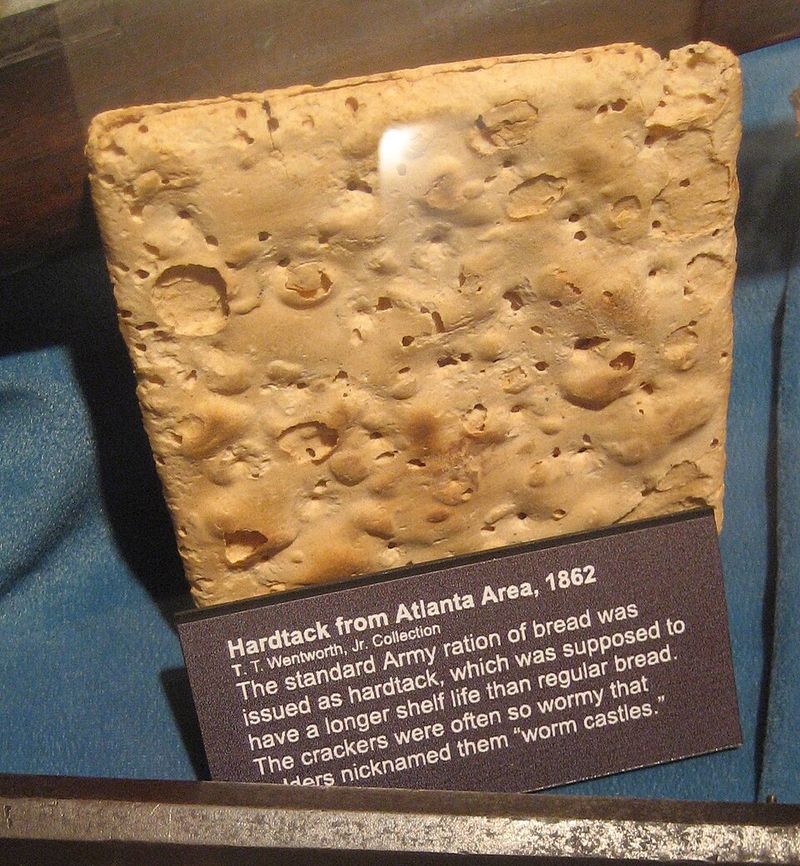
Union and Confederate troops carried these rock-hard flour biscuits in their packs for weeks at a time. Baked from flour, water, and salt, hardtack could survive rain, heat, and rough handling without spoiling.
Though soldiers joked about breaking teeth on them, these crackers delivered calories when nothing else was available. Modern preppers love them because they store for years in airtight containers without refrigeration.
2. Pork And Beans (Salt Pork With Beans)
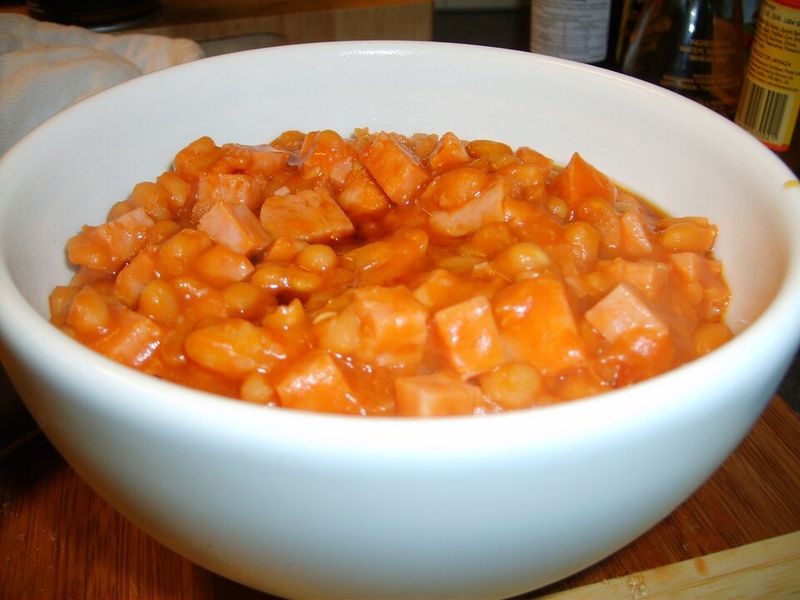
Salt pork was the protein workhorse of Civil War camps, paired with dried beans to create filling, hearty meals. The salt preserved the meat for months, making it ideal for long campaigns far from supply lines.
Beans added fiber and stretched the ration further, feeding more mouths with less. Today’s preppers appreciate this combo because both ingredients are budget-friendly and shelf-stable for emergency stockpiles.
3. Skillet Cornbread
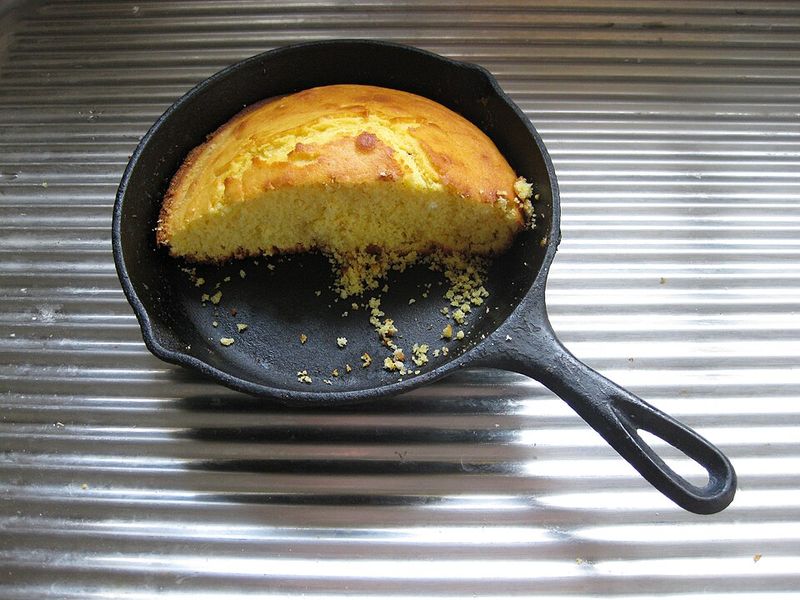
Southern soldiers and civilians leaned hard on cornmeal during the Civil War era because wheat flour stayed scarce and pricey. Skillet cornbread came together with simple cornmeal, water, salt, and a hot pan, sending up a toasty aroma that made even the leanest kitchens feel alive with hope.
Crispy edges and a soft, warm center offered small comfort in harsh times, a little bite of calm when the world felt upside down. Preppers today can stir up a batch with stored cornmeal and basic pantry staples whenever fresh bread disappears from reach, letting that familiar scent rise again.
4. Corn Dodgers / Corn Pone (Small Cornmeal Cakes)

Soldiers shaped these cornmeal patties by hand and cooked them directly on hot stones or in skillets. Unlike yeasted bread, corn dodgers needed no rising time, making them perfect for troops on the move.
Their portable size meant they could be tucked into pockets or packs for later. Modern survivalists value them because they require minimal fuel and equipment to prepare during emergencies or camping trips.
5. Cornmeal Mush
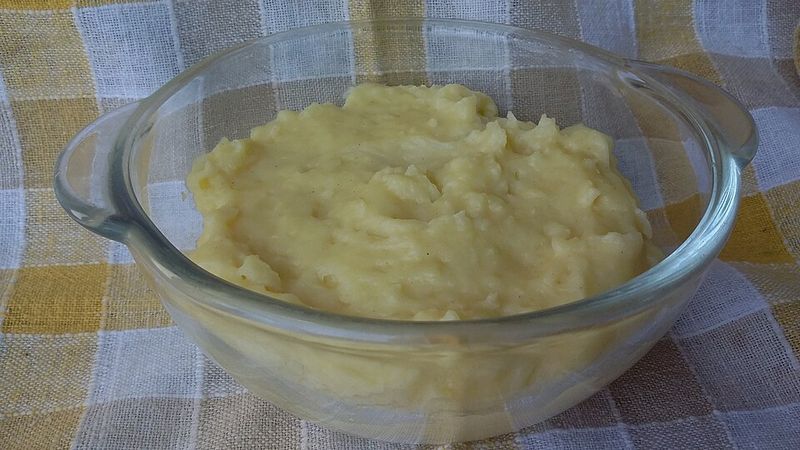
Boiling cornmeal into porridge filled cabins with a warm, earthy scent that helped stretch meager rations into something comforting. Thick mush cooled into a firm slab that sliced cleanly, ready to hit a pan sizzling with fat until the edges turned golden and crisp.
Soft turning solid gave cornmeal a kind of double-life, flexible enough for long days, tough moments, or quick meals on the move. Preppers still lean on that magic, watching one humble ingredient shift into two handy dishes that boost storage efficiency without wasting a single grain.
6. Bean Soup / Bean Stew
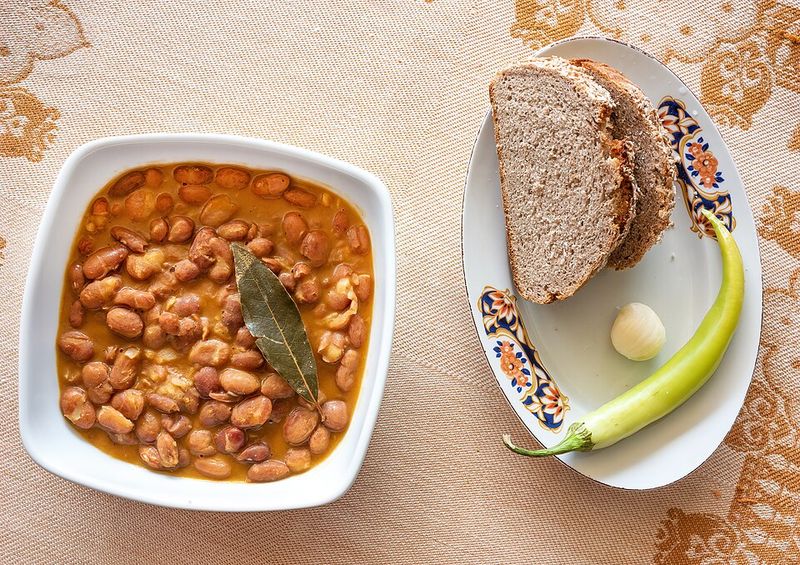
Dried beans formed the backbone of countless Civil War meals, simmered into thick soups that warmed bodies and spirits. When available, soldiers added salt pork or beef scraps to boost flavor and protein content.
However, even plain bean soup provided essential nutrition during lean times. Today’s emergency planners stock dried beans because they’re inexpensive, nutritious, and transform into satisfying meals with just water and heat.
7. Dandelion Coffee (Coffee Substitute)

Union blockades wiped out Southern coffee supplies, sending households searching for something warm to sip at sunrise. Roasted dandelion roots stepped in, filling kitchens with an earthy, slightly smoky aroma that tried its best to imitate the real thing. Flavor never perfectly matched true coffee, yet a hot cup brought comfort on cold mornings when spirits needed a lift.
Roots grew freely in fields and yards, turning everyday landscapes into survival resources. Modern preppers still tinker with dandelion brews, appreciating how nature’s wild pantry can step up when supplies run thin and creativity becomes a lifeline.
8. Boiled Coffee In Tin Cups
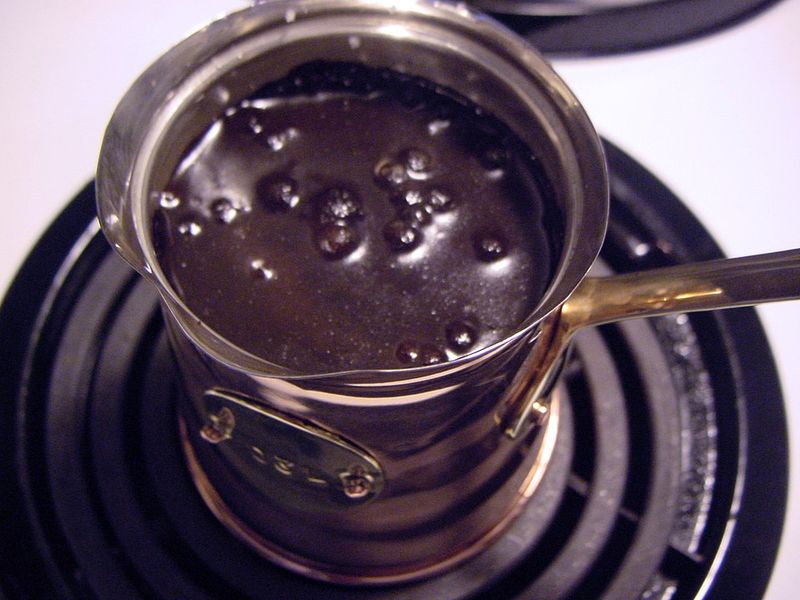
Real coffee beans were treasured like gold by Civil War soldiers, who boiled grounds directly in tin cups over campfires. The ritual of sharing coffee brought moments of normalcy to chaotic military life.
Soldiers traded tobacco and other goods just to get their hands on beans. Preppers today understand that morale matters during crises, and familiar comforts like hot coffee can lift spirits when everything else feels uncertain.
9. Pickled Cucumbers (Dill Pickles)
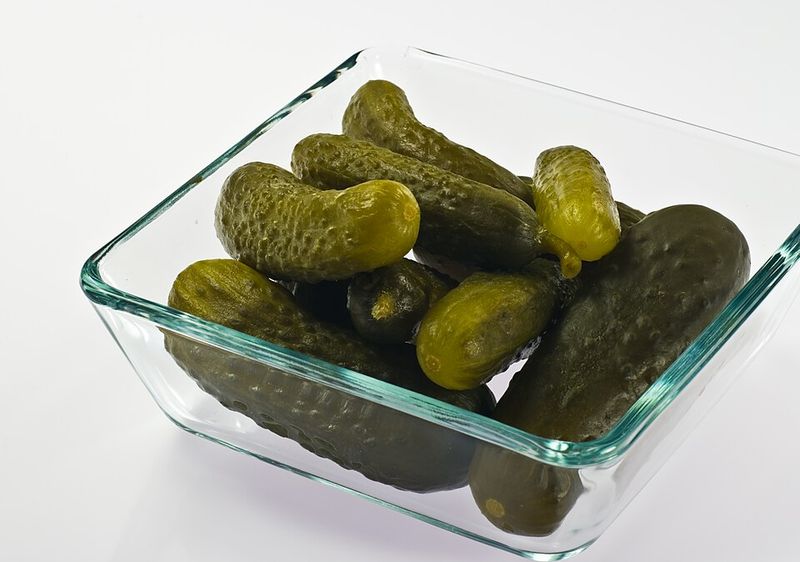
Vinegar pickling preserved summer’s bounty for winter meals, preventing waste and providing tangy vegetables year-round. Families packed cucumbers into crocks with salt, vinegar, and dill to create crunchy pickles that lasted months.
This preservation method required no refrigeration or canning equipment. Today’s homesteaders and preppers still pickle vegetables using these time-tested techniques, building food security one jar at a time without modern technology.
10. Dried Beef Jerky (Dried Meat Strips)
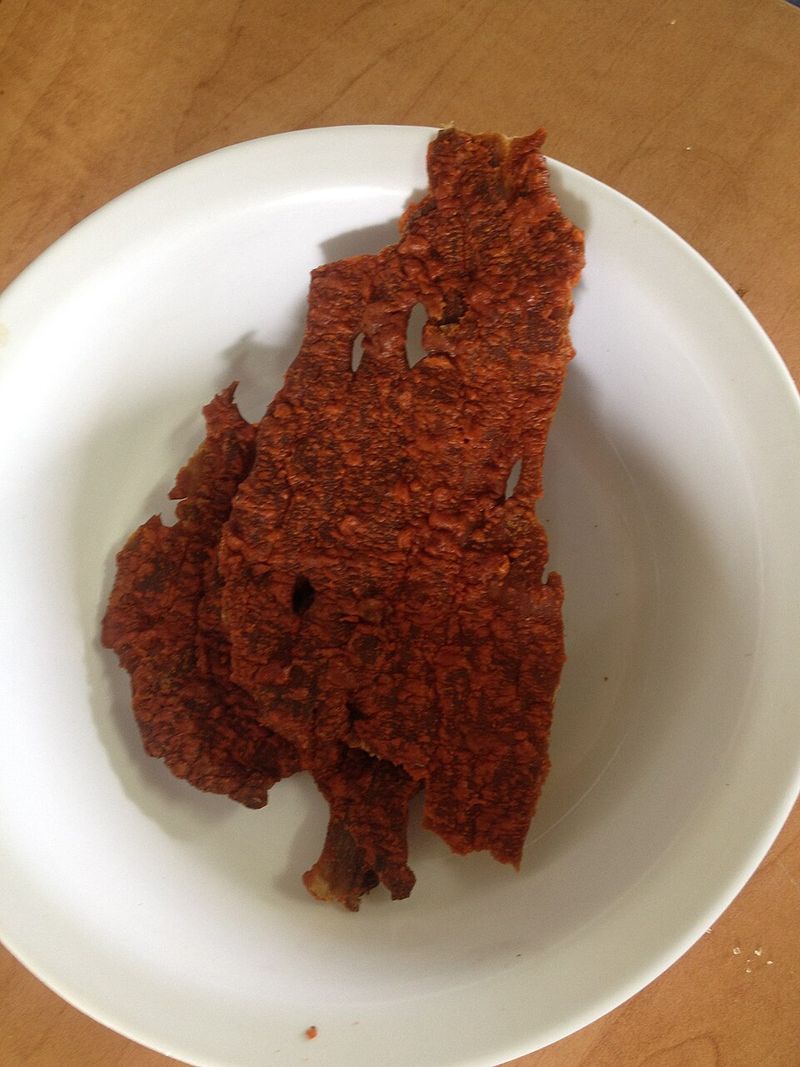
Salting and drying beef filled camps with a strong, smoky scent that meant one thing: long-lasting rations were on the way. Lightweight strips carried plenty of protein and held up for weeks without spoiling, making them a quiet lifesaver during marches when cooking fires risked giving away troop positions. No pot, no flame, just a quick chew and back to moving.
Concentrated flavor hit hard even in small bites, offering a tiny moment of satisfaction in rough conditions. Modern survival enthusiasts still pack jerky for hiking, camping, and emergency kits because it delivers steady nutrition without refrigeration or precious prep time.
11. Apple Butter (Long-Keeping Fruit Spread)
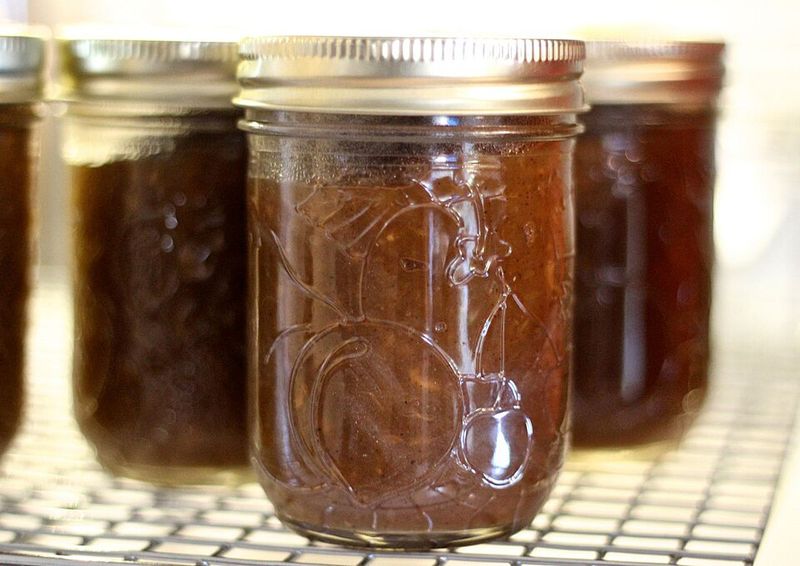
Slow-cooking apples with sugar or molasses created a thick, spreadable preserve that brightened plain hardtack and cornbread. The long cooking process concentrated flavors and natural sugars, creating a treat that felt luxurious during wartime scarcity.
Families made large batches during apple season to enjoy all year. Preppers today appreciate apple butter because it uses abundant fall harvests and stores safely without refrigeration when properly sealed.
12. Hominy Grits / Corn Grits
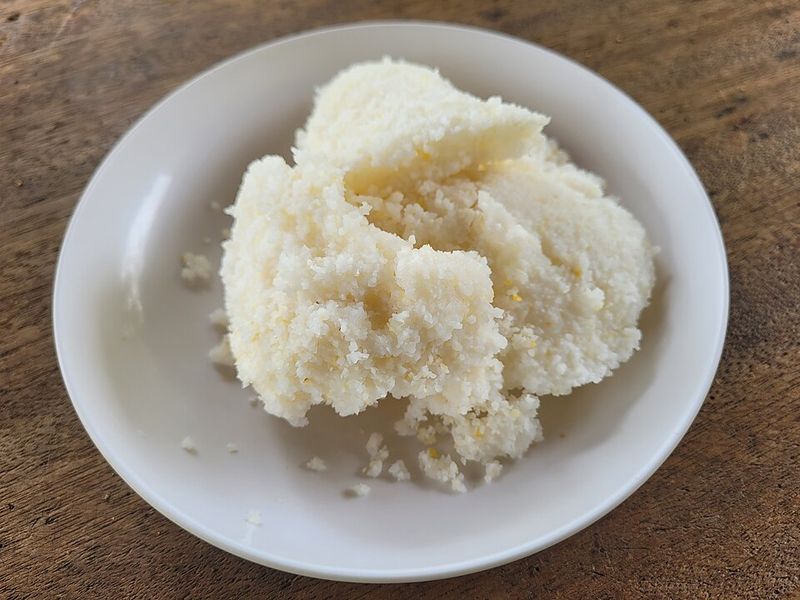
Ground hominy or corn cooked into porridge provided a warm, filling base for whatever else was available. Southerners especially relied on grits as a breakfast staple that stretched food budgets and filled hungry bellies.
The bland flavor made grits versatile for sweet or savory additions. Modern preppers stock cornmeal and grits because they cook quickly, require minimal ingredients, and provide carbohydrates that fuel bodies during physically demanding survival situations.
13. Skillygalee (Fried Hardtack In Fat)
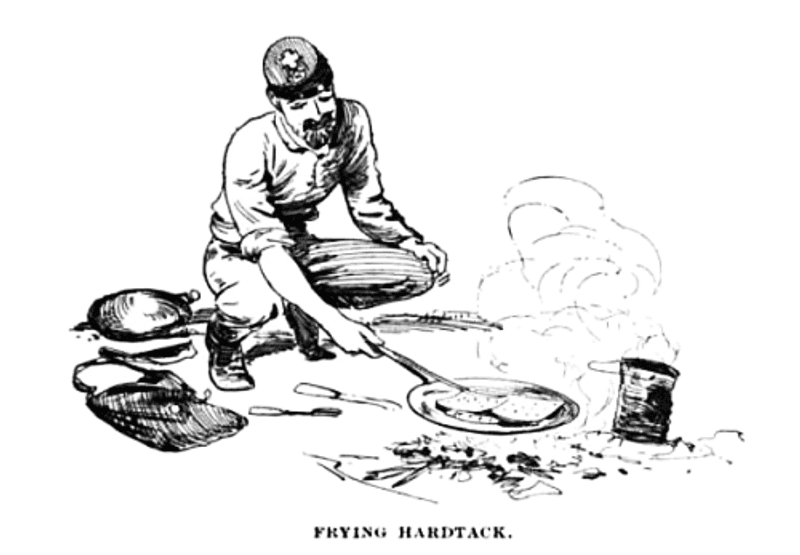
Soldiers transformed inedible hardtack into something almost palatable by soaking it in water and frying the softened pieces in bacon grease or salt pork fat. The fat added flavor and calories that plain hardtack lacked entirely.
This creative cooking showed how troops adapted to harsh conditions. Modern survivalists learn from skillygalee that even the blandest emergency rations can become edible with a little ingenuity and whatever fat you have on hand.

